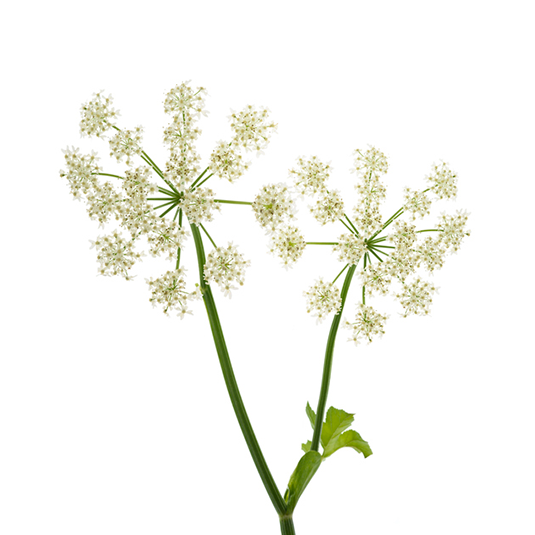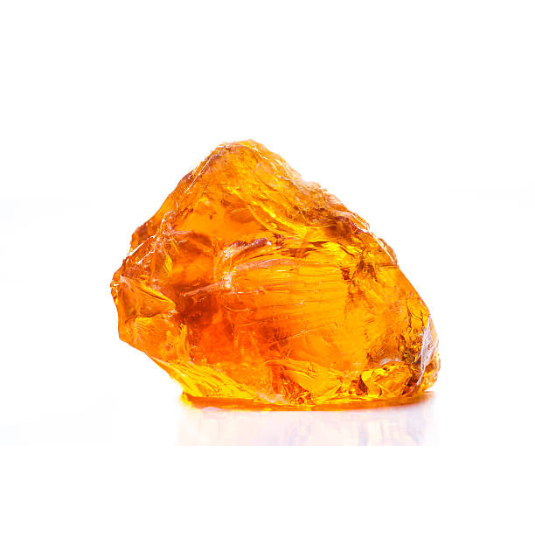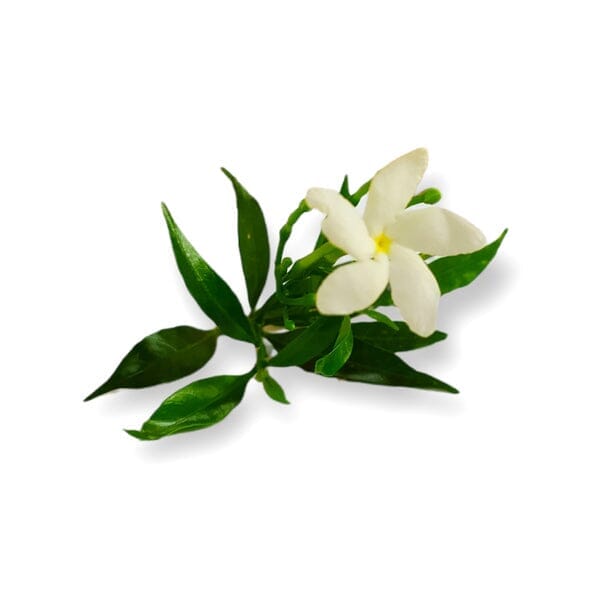SUMMARY
01. What does the word cotton candy mean?
04. What did you know about the use of cotton candy in perfumery?
05. Some flavors with cotton candy
What does the word cotton candy mean?
Cotton candy, or "cotton candy" in English, owes its name to the process of creating this delicious treat. First invented in 1897 by dentist William Morrison and confectioner John C. Wharton, cotton candy is made by melting sugar at high temperatures and spinning it using a special machine. It is harvested as fine silk filaments that resemble a delicate, wispy beard, hence the name "cotton candy." In recent years, it has inspired the world of perfumery, which seeks to recreate its famous gourmet and airy notes.
In the beginning…
The history of cotton candy dates back to the late 19th century. First presented at the Saint-Louis World's Fair in 1904, this delicious candy quickly became a staple at fairs and festive events around the world. Its popularity quickly spread, to the delight of children... and adults alike! Over time, cotton candy has become a symbol of sweet pleasure. Perfumers have understood this and are quick to exploit its retro charm and evocative power in their creations.
Making Cotton Candy
Making cotton candy is a true culinary art. To create this light and fluffy treat, sugar is heated to a very high temperature until it turns into a viscous syrup. This syrup is then poured into a special centrifugal machine, equipped with tiny holes that burst the sugar into fine strands. These sugar strands are collected in a large bowl, where they accumulate, forming a whirlwind of colors and flavors. Traditionally, cotton candy is flavored with natural flavors such as vanilla, strawberry, raspberry, or bubblegum, but today the possibilities are endless, and bold new flavors are emerging to delight the taste buds of foodies.
What did you know about the use of cotton candy in perfumery?
Cotton candy, with its sweet and gourmand olfactory profile, has found its place in perfumery since the creation of Thierry Mugler's Angel fragrance in 1992. Thierry Mugler had given the brief to create a fragrance evoking the funfair. This bold request was successfully honored by perfumer Olivier Cresp. He drew on the childhood stories of fashion designer Thierry Mugler to closely match his expectations. To achieve this, he used an excessive amount of an extremely gourmand raw material called ethyl maltol. Ethyl maltol is a synthetic molecule characterized by its facets of toasted notes, cooked red fruits, and, of course, cotton candy. This molecule can be classified in the olfactory family of pyrogenic notes. It was Angel eau de parfum that paved the way for gourmand fragrances that have since taken center stage. Reproduced in the laboratory by perfumers, the cotton candy accord offers sweet and fluffy notes. Its evocative scent is often used to create addictive fragrances reminiscent of indulgent desserts. It's most commonly found in "feminine" fragrances, although gourmand scents are becoming less and less targeted. Cotton candy blends harmoniously with fruity accords, such as raspberry and strawberry, to enhance its sweet character. It can also be paired with base notes of vanilla, caramel, or chocolate, which enhance its gourmand side.
Some cotton candy flavors
As gourmand fragrances have been very fashionable since the 90s, they have been released as eau de toilette, eau de parfum, but also as candles, diffusers, home fragrances, etc.
Angel by Thierry Mugler - Eau de Parfum : a timeless legend with indulgent notes of cotton candy, caramel, and chocolate. Its star-shaped bottle is emblematic of the brand. Launched with an innovative approach to communication, this fragrance became the precursor to gourmand fruity fragrances.
Derived into various eau de toilette and eau de parfum, Angel is an innovation for the world of perfume and continues to be at the forefront more than 20 years after its launch.
Nina's Monsters Eau de Toilette: An extravagant limited edition by Nina Ricci . The bottle, designed by Ana Strumpf and Guto Requena, transforms the apple into a colorful owl. Its delicious scent blends cotton candy, praline, and peonies to recreate a festive funfair atmosphere. A joyful and playful spring fragrance not to be missed.
At Bon Parfumeur, we don't have any fragrances with a specific cotton candy note. However, our 501 Eau de Parfum , from the gourmand olfactory family, contains a toasted praline note similar to cotton candy.
Top notes herald a sweet treat with fresh green hazelnut enhanced by citrus. A crunchy, praline heart. In the heart, iris provides the fragrance's counterbalance, holding back the dessert feel. A coulis of musk and licorice in the base. Woody notes of patchouli.










